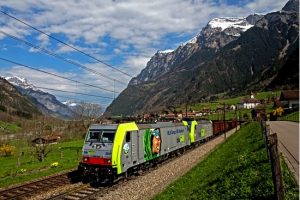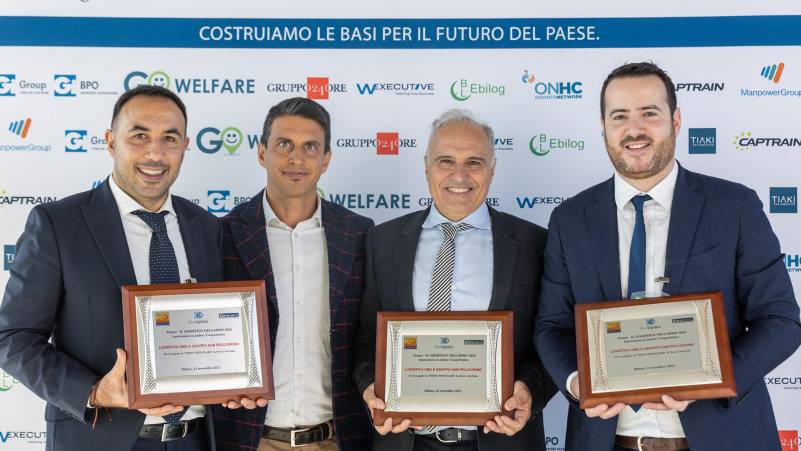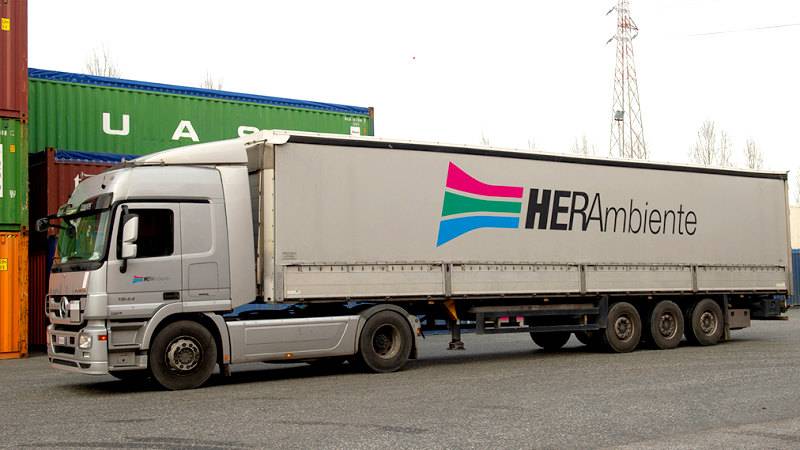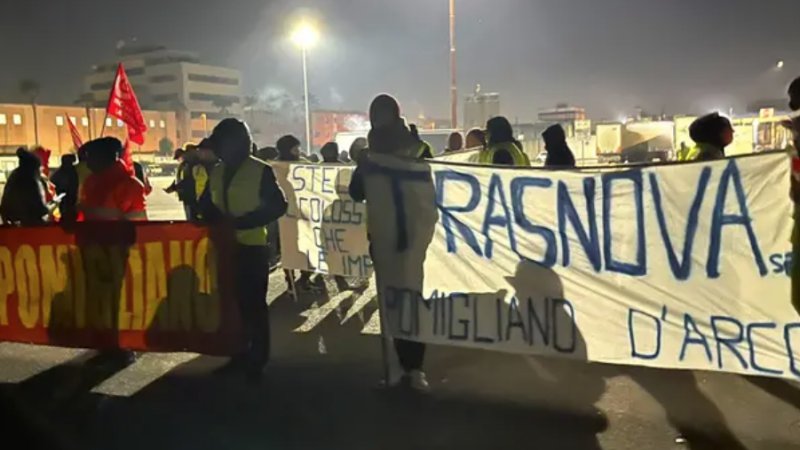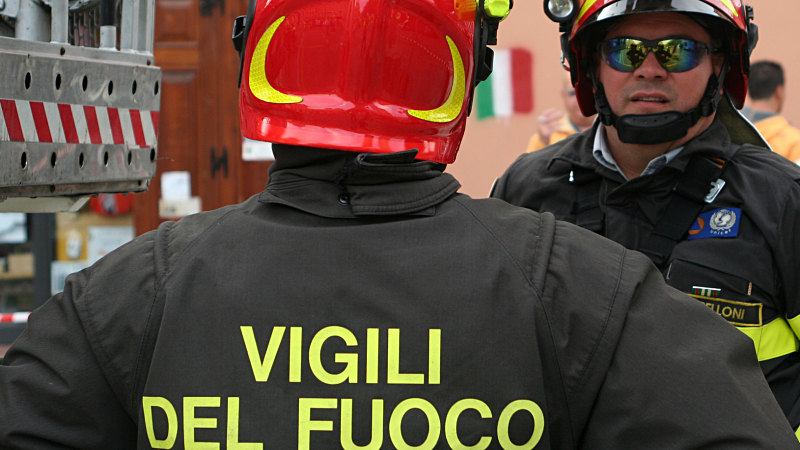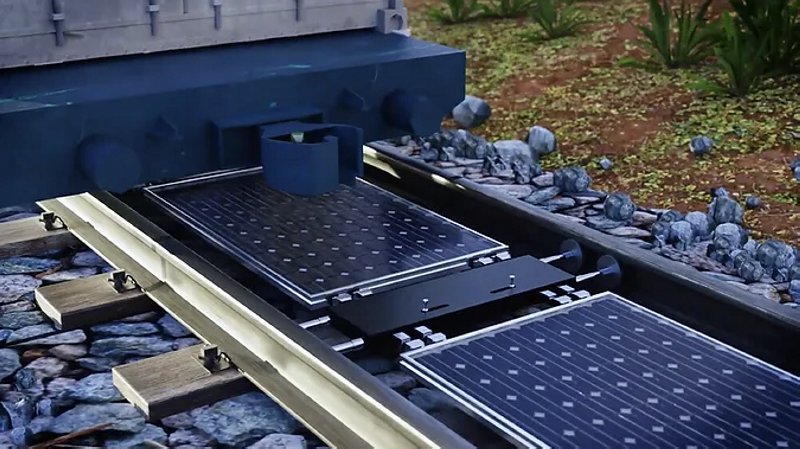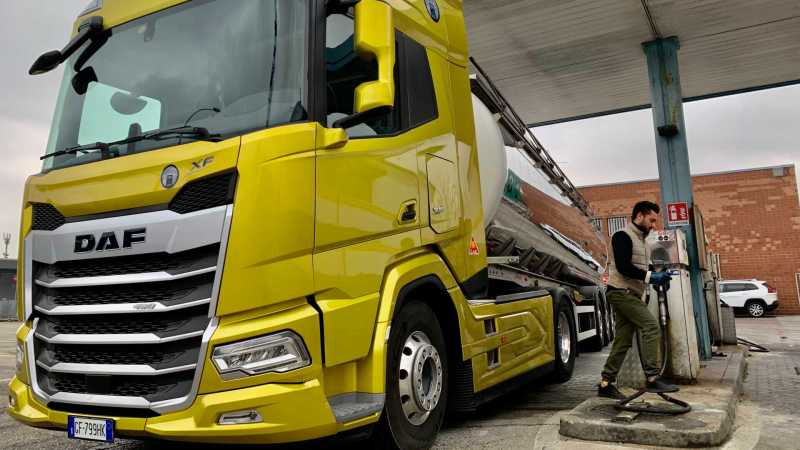The unfinished Alptransit project—a transalpine railway running from north to south across Switzerland—has been described as a "historic mistake." The Swiss broadcasting network, which reaches Italian audiences via its online platform tvsvizzera.it due to a lack of terrestrial signal, has not minced words in a detailed analysis of the investments, or rather the lack thereof, along the principal Italo-Swiss railway corridor.
After the commissioning of the Lötschberg Base Tunnel in 2007, the Gotthard Base Tunnel in 2016, and the Ceneri Base Tunnel in 2020, a significant portion of the Swiss political class—indeed, the majority—deemed the Alpine crossing project complete. This view prevailed after overcoming the constraints of mountain railways with high-capacity flat rail tunnels. However, these developments were made without planning essential connections to the new routes, partly undermining the more than €20 billion investment made by the Confederation. This is evidenced by the continued high volume of freight traffic on roads, where the target of limiting truck passages to 650,000 annually remains unmet—indicating that the railway is still not fully competitive.
The north-south axis from Zurich and Basel in Switzerland to Gallarate and Milan in Italy remains incomplete. While work is ongoing to fully expand the Lötschberg along the Simplon axis and a second segment of the Zimmerberg tunnel is planned, the stretch south of Lugano, leading to Chiasso and Milan, relies solely on the historic line, which has limitations in both design and capacity.
Progress is stalled primarily because Switzerland lacks a unanimous agreement on future funding and, more critically, the urgency of the project. Consequently, the Federal Government has not included the southern Alptransit project in its long-term investment plans, which are meticulously planned and consolidated in the *2035 Expansion Phase* and *2050 Railway Perspective* documents. Without changes to the intervention plans, there is a risk of delaying or deferring essential works for decades. Key projects at risk include the construction of the Bellinzona freight bypass and the Vezia-Melide section, vital to prevent cross-border freight trains from passing through the Lugano hub.
Some cautious optimism emerged in late October 2024 during a bilateral parliamentary meeting in Italy between the Speaker of the Chamber of Deputies, Lorenzo Fontana, and Michele Guerra, President of the Grand Council of the Canton of Ticino. The discussions highlighted the need for shared solutions to break the deadlock and initiate improvements to the transboundary network. However, Bellinzona is not Bern, and any decisions require national approval—far from a foregone conclusion.
In this context, Alex Farinelli, a Swiss National Councillor and co-president of the "Pro Gottardo Railway of Europe" association, weighed in. He emphasised that it is crucial to convey that the southern Alptransit project "is not a cantonal issue but pertains to the development of international transport capacity." He warned against pitting national transport policy, focused on the north-south Alpine corridor, against regional interests. This message is particularly aimed at those cantons content to prioritise their own needs at the expense of broader considerations. Without a shift in mindset, Alptransit risks becoming, in his words, *AltTransit*—a project left behind.
Piermario Curti Sacchi












